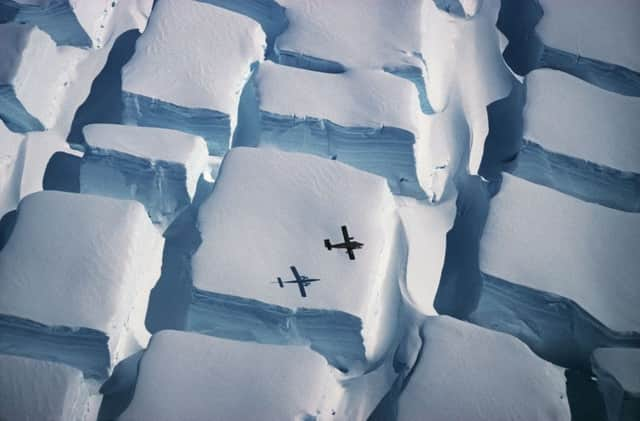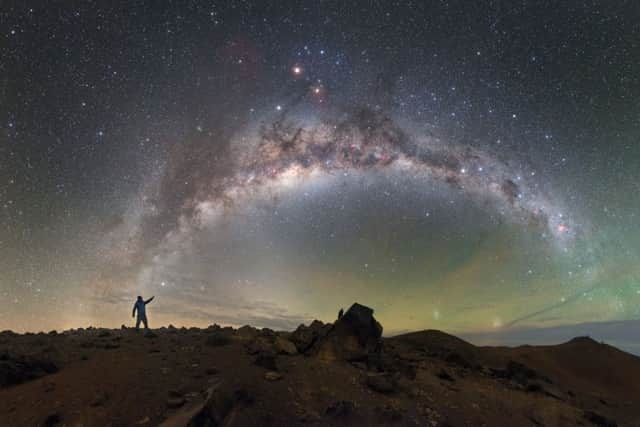Giant ice cubes help'¨shape our idea of life on earth


The Royal Society, the 350 year-old fellowship of the world’s most eminent scientists, received more than 1,000 entries for its annual competition to find photographs that communicate complex natural phenomena to a general audience - and these were among the best.
A remarkable aerial shot by the polar ecologist Peter Convey, which captures an Antarctic ice sheet being stretched in opposite directions into formations like vast sugar cubes, was picked as the winner.
Advertisement
Hide AdAdvertisement
Hide AdUlrike Muller, one of the judges, said it illustrated “the stunning beauty of a rare geological phenomenon, and invites the viewer to wonder at the scale and the mechanisms creating such patterns”.


The shadow of Mr Convey’s Twin Otter plane as it goes over the Antarctic Peninsula, shows the scale of the ice sheet.
He said: “It’s been an incredible privilege to work in the Antarctic for nearly 30 years. Every time I go there it takes my breath away.”
Prof Nico de Bruyn’s extraordinary picture of killer whales suddenly entering a small bay, and surprising the huddle of King Penguins preening themselves in the water, won the contest’s environmental science section. It was taken in the sub-antarctic Indian Ocean and shows the penguins focused on the unexpected danger, while an unconcerned lesser sheathbill surveys the colony for food.
Another winning shot captures the rare optical phenomenon of a light pillar underneath the moon.